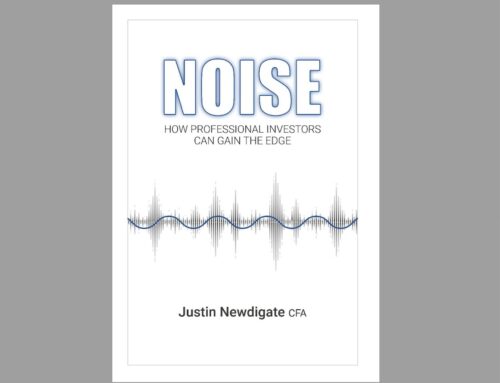A review of Richard Polt’s “Heidegger”
What’s the book about?
Richard Polt offers a high-level introduction to the work of the German philosopher Martin Heidegger, who is widely considered to be one of the most intellectually demanding and influential philosophers of the modern era. Heidegger is best known for his book Being And Time.
What did I learn from the book?
I learned that Heidegger deeply investigated what it means to live authentically. This, he said, is to be done by confronting the human condition, specifically our mortality. It’s not a light task. Facing up to our death, not as some future event but as an ever-present possibility, gives rise to anxiety and dread (angst) and can bring about a deep crisis of meaning.
The positive side of this is that recognising our mortality also allows us to take responsibility for our lives. It can reveal the task of choosing who we are, what we are to do, and how we are to do it. When we make these choices resolutely we become more authentic.
The converse is when we attempt to avoid the burden of existence by distracting ourselves, and when we construct our lives around the expectations of others. That is when we live inauthentically.
Heidegger points out that we should not think that by simply making choices we are living authentically. Most of the choices that we make are a function of habit. These choices “…are not deliberate acts of will, but non-reflective acts of skill.”
I learned that Heidegger later toned down his insistence on the act of choosing resolutely. He used language that pointed to openness, receptivity (waiting, listening), and mystery. In a sense he began to balance the purely masculine point of view with one that was more feminine in nature.
Heidegger became concerned about how the world opens up and reveals itself to us. He suggested that entities reveal themselves, or layers of truth about themselves, depending on the manner in which we approach them.
To illustrate these layers, specifically the distinction between facts and truth, he used the example of a painting of a dancer by his contemporary, Edgar Degas. The literal facts of the painting are that it consists of pigmentation, canvas, wood and varnish. Yet the metaphorical truth of the painting consists of the layers of meaning that can be revealed, depending on how we show up in front of the painting. The mystery of Degas’ dancer is unconcealed through the viewer’s deep attunement.
I learned from Heidegger that freedom arises from the ability to let things be, and by allowing things to show themselves. But this letting be is not passive or insular. He wrote that, paradoxically, “to let be is to engage oneself with beings.” His view was that authenticity is individualising but, at the same time, we cannot be someone except through engagement with other beings.
By engaging with this world as it is and by engaging in community, we establish who we are and what matters to us. If we are able to see beneath the everyday world of busy-ness into a deeper world of meaning, we might see that we are enmeshed in a field of interconnected possibilities.
How do I apply this to myself and to my work?
Heidegger is encouraging me to risk an ongoing encounter with the limits of meaning, with meaninglessness, so that I can keep discovering meaning. A direct encounter with the Void can either lead me into destructive nihilism or into creative engagement with other beings. I am invited to choose resolutely.
Heidegger is pointing to the possibility of ever-deepening self-discovery, a process that he calls “an essential unfolding”. He is urging me to see the possibility of a deepening of consciousness through attunement and engagement with the everyday. He is urging me to be surprised by the ordinary, by the depths of meaning that lie beneath the familiar.
Heidegger also makes clear to me the nature of my work. If I were to choose to do things for my clients, I would inadvertently be absolving them of their responsibility, and I would be robbing them of their potential for authenticity. Such a choice would appear to serve the other but would really be serving only my ego.
Instead, if I can be still enough and courageous enough, then I can remain open and receptive to the mystery that is another human being. If I am deeply and compassionately attuned to my client, then they can experience themselves in new ways. If I create the space for my client to unfold and make their own authentic choices, then new possibilities can open up for them.
How you might apply this to yourself and your work
- If you had only one more year to live, what would you do differently?
- Where in your life could you let things be? What would this allow for?
- In what new ways could you allow others to unfold and see themselves?
References
- Richard Polt: Heidegger (1999)







Leave A Comment